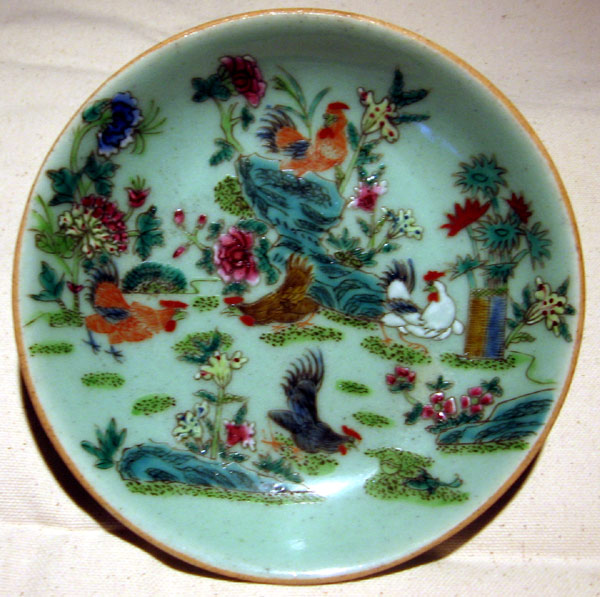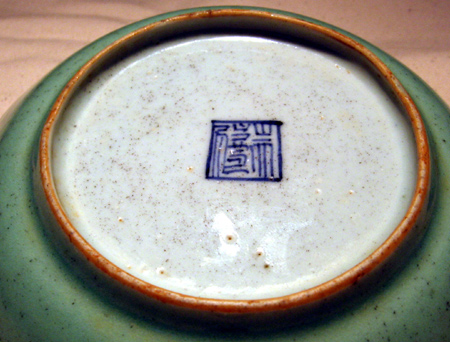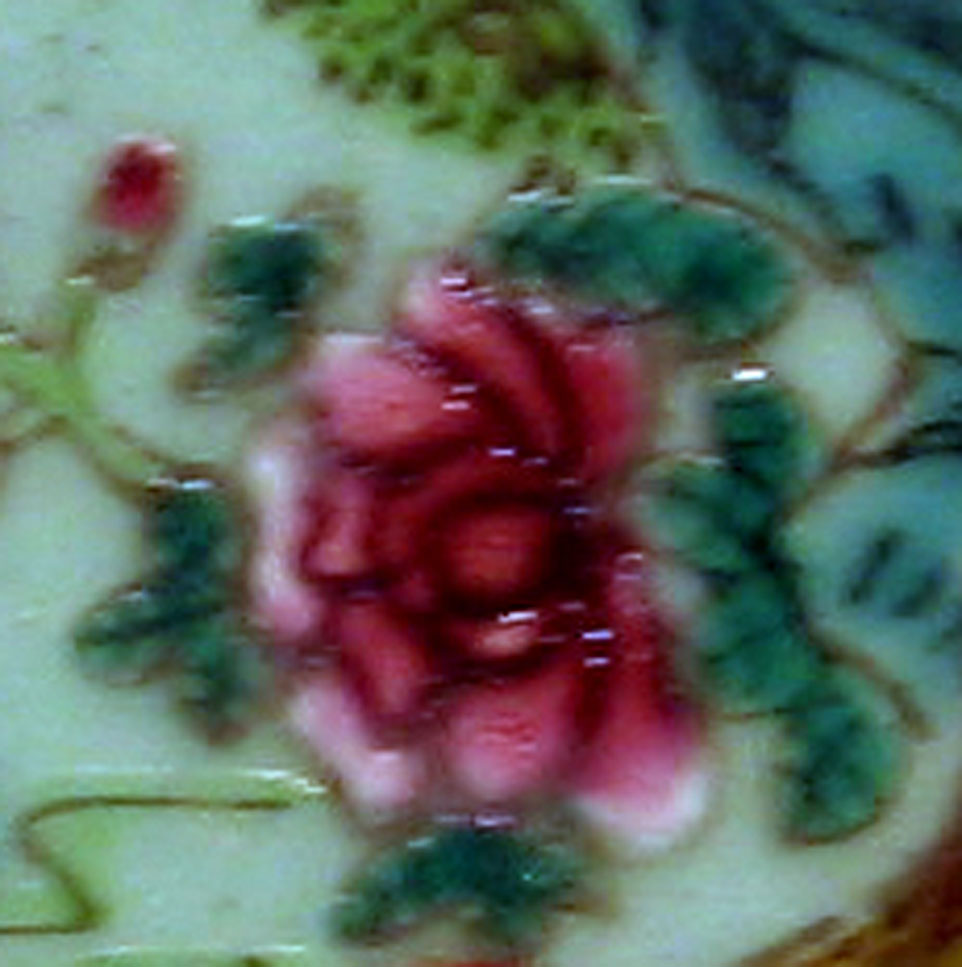
|
Subject:Re: Authentication of Celadon Saucer w/mark
Posted By: Bill H Tue, Jun 04, 2013
As Tony mentions, many such celadon wares, including large numbers painted in Canton famille rose enamels, were made during the Daoguang period. This plate's mark is a bit too "freehand" for my weak eyes, but the painting style for the cockerel motif also is evident on later Qing dishes, including some with Tongzhi and Guangxu marks, albeit none in celadon that I've seen. Below in the first picture is a cockerel-pattern two-piece porcelain wine warmer with Tongzhi mark, which has decoration that looks rather like that on the wine jar in the second picture, which has a Guangxu mark (not shown). Of course it is entirely possible that both are mark & period.
Best regards,
Bill H.
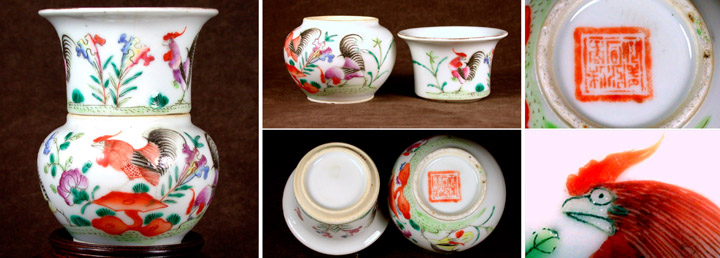
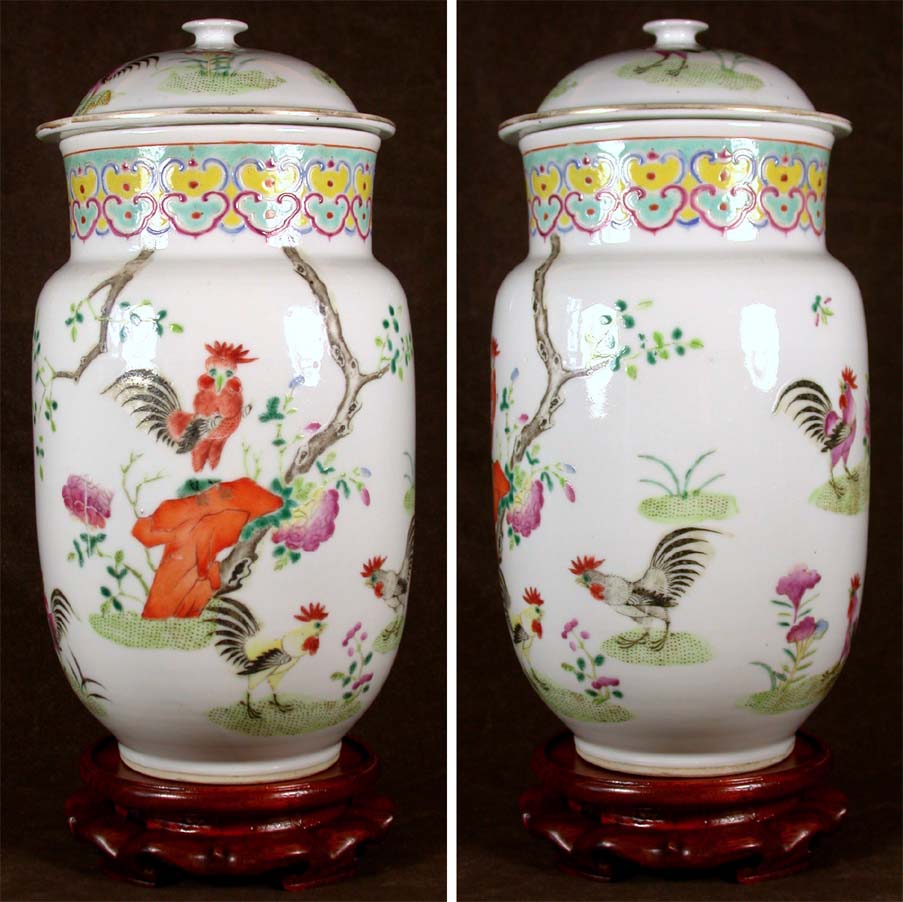
|
 Authentication of Celadon Saucer w/mark
Authentication of Celadon Saucer w/mark  ( China & Japan ) - Joe T - Jun 03, 2013 (01:24 PM)
( China & Japan ) - Joe T - Jun 03, 2013 (01:24 PM)  Re: Authentication of Celadon Saucer w/mark - Anthony J Allen - Jun 03, 2013 (11:41 PM)
Re: Authentication of Celadon Saucer w/mark - Anthony J Allen - Jun 03, 2013 (11:41 PM)  Re: Authentication of Celadon Saucer w/mark
Re: Authentication of Celadon Saucer w/mark  - Bill H - Jun 04, 2013 (01:17 AM)
- Bill H - Jun 04, 2013 (01:17 AM) 